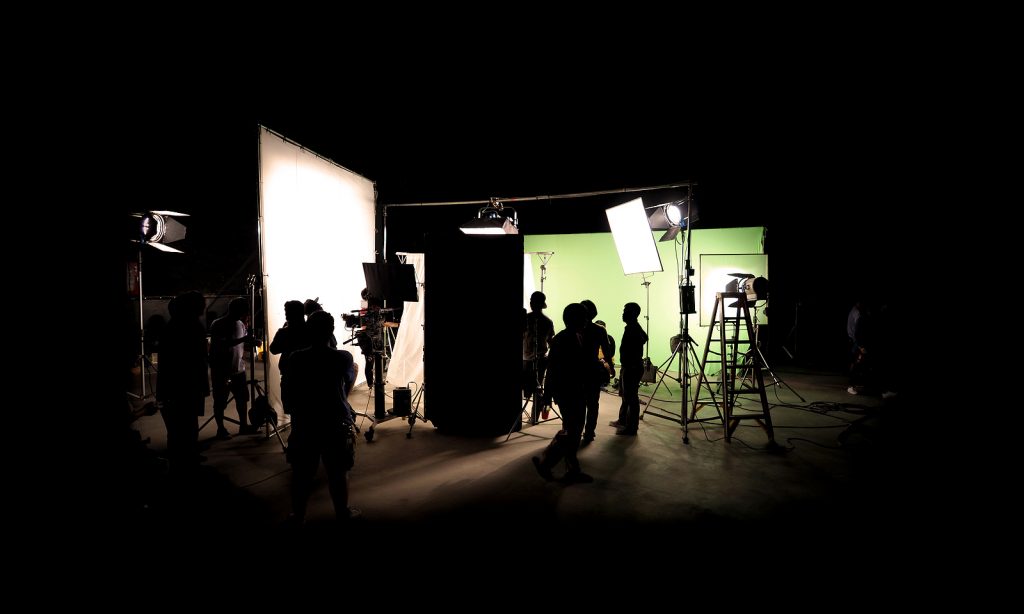
The unprecedented spread of the coronavirus has caused many production companies to choose between either shutting down or creating alternate working arrangements to continue filming. With crew health and containment of the pandemic of paramount concern, regular testing has become a priority and the new norm. Providing and requiring the use of PPE and safe distancing by at least 6’ from one another is another part of that equation. Additionally, considering which office positions may stagger or work from home to keep the amount of crew in small confined spaces to a minimum is equally important.
After accepting a job on a production, the journey typically begins with a pre-employment test administered off-site at a designated health clinic and paid for by the production. A crew member is cleared for work by receiving a negative result, and this is followed by weekly on-site testing for crews working in Zones B & C, and three times weekly or sometimes almost daily testing for crew and talent working in Zone A. The current gold standard method with the highest accuracy available is considered to be the nasopharyngeal method where a health professional uses a swab to collect a sample from the back of the nose and throat by rotating and leaving it in place for 10-15 seconds on each side.
Health checkpoints for those coming and going from the studio and offices are set outside or near the main entrances where a designated COVID team member can do a no touch temperature check of any crew coming and going from the work environment. That crew member is checked in from a pre-approved list and given a wrist band or lanyard in the color indicating their designated work zone. PPE like masks, shields, sanitizer and wipes provided by production are available here for the crew.
During stay-at-home orders working from home was a full-time practice with everyone who could do so working from their living room or home office. With some COVID restrictions easing, many have returned to their offices a day or two per week, keeping various employee’s in-office days staggered so that the work environment still allows for appropriate social distancing practices. This is allowing some to return to the workplace once or twice a week and take care of tasks that they otherwise could not do while they work from home the remainder of the week.
In addition to the continual use of N95 or KN95 masks and face shields on site at the studio or in the production offices, spending limited time in that communal environment lowers the chances of a crew member catching or transmitting the virus to others. Having fewer crew in the offices at any given time allows for appropriate social distancing, which can also lessen the chance of transmission. Below are some prime considerations for positions that are good candidates to work from home or stagger their in-office days with those around them:
Accountants
Assistant Location Managers
Casting Directors & Associates
Coordinators
Dailies Colorists
Graphic Designers
Legal Clearance
Set Designers
Shopper Buyers
Travel
Transportation Dispatchers
Video Editors & Assistants
Writers
What additional safety measures would you like to see implemented before returning to work?
